Menu
Flooding can cause significant damage to trees and shrubs, especially if water remains stagnant for long. While these plants are resilient, excess water can weaken their root systems and affect their growth, causing death and tree removal emergencies in Atlanta. As a homeowner, knowing how to care for your trees and shrubs after a flood is crucial to help them recover and thrive. At the Driscoll Tree Service, we leverage extensive knowledge and experience to prevent severe water damage and costly remediation services. Here’s a detailed guide on essential steps to protect your plants and restore their health after flooding.

The first step in helping flooded trees and shrubs is assessing the extent of the damage. If you notice signs of stress, such as yellowing leaves, stunted growth, or leaf drop, it might be time to call a tree care company for help. Trees may also show cracks in the bark or branches, hence the need to differentiate between surface damage and more severe root issues. Since shrubs are smaller and more compact, they may show more immediate signs of stress, allowing you to act quickly.
Waterlogged soil is crucial for trees and shrubs because it suffocates the roots, depriving them of essential oxygen. Once floodwaters recede, loosening compacted areas around the plant can improve soil drainage. It is advisable to avoid digging too close to the roots to improve aeration and encourage water movement. In areas where the water is slow to drain naturally, you may need to dig temporary channels or drainage trenches to divert water away from the plants. Hire a professional tree service provider to add organic matter and handle other tasks to improve soil structure and drainage.
Floods can leave behind debris, including mud, branches, and trash, which pile up around the base of trees and shrubs. It is essential to remove this debris to prevent fungal diseases and pest infestations from causing damage in your garden. Debris can also trap moisture around the trunk, causing decay with time and premature tree removal projects if left unattended. Clear any dirt and mulch around the trunk or base to prevent future rot and pests. If you prefer a more hands-off approach, hire professional arborists to handle the aftermath.
Floods often cause physical damage to trees and shrubs, such as broken or bent branches. After assessing your plants, trim away any damaged, diseased, or dead branches to promote healthy regrowth. Make clean cuts at a slight angle to prevent water from settling on the wound, which could lead to infection. For trees, pruning should be done carefully to avoid stressing the plant further. Consider hiring a professional tree care company for significant pruning jobs, especially if large branches are involved.
Flooding can cause devastating damages to trees and shrubs. However, proper care and patience go a long way to help them recover. Contact us at the Driscoll Tree Service and schedule a consultation with certified arborists to ensure your greenery continues to thrive, even in the face of future floods. Our tree service providers leverage extensive knowledge and experience to ensure your yard receives the attention needed to grow strong once again.


Best Trees for Fence Lines Fence lines often provide an excellent opportunity to enhance the beauty and privacy of your property. However, choosing suitable trees to plant along these boundaries requires special consideration to improve the aesthetics and functionality of…
Read More
What Are Hidden Underground Hazards? Underground hazards are often overlooked, yet they pose significant risks to public safety, infrastructure, and the environment. These hazards range from natural occurrences to human-made dangers, and knowing them is crucial for any property owner.…
Read More
How to Spot Diseased or Dangerous Trees Before They Become a Problem Let’s face it: not every homeowner is an arborist. Most people don’t spend their weekends studying leaf structure or bark fungus, and that’s perfectly fine. But while you…
Read More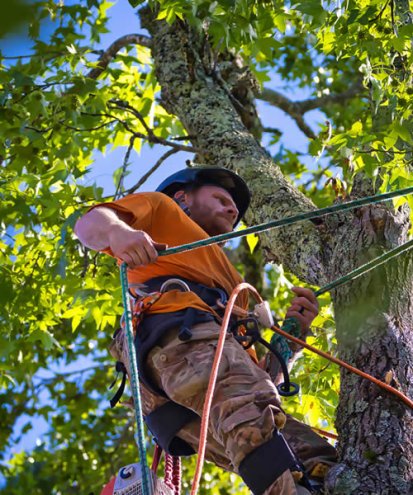
Eco-Friendly Tree Removal Trees are valuable entities in our ecosystems, providing habitats for wildlife, absorbing carbon dioxide, and improving the planet’s overall health. However, there are instances when tree removal is the best option to protect your yard from diseases,…
Read More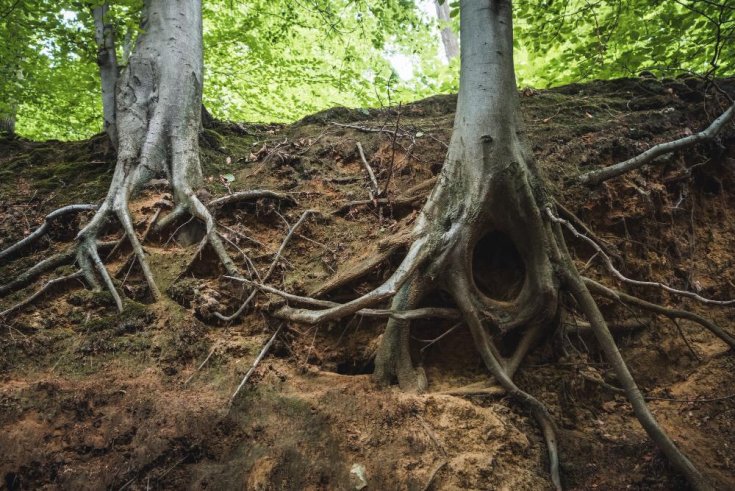
Understanding Root Rot Treatment for Trees Roots are vital for the growth and overall well-being of trees. Since roots spread throughout your backyard, it's difficult to detect signs of damage. A common culprit to look out for is root rot,…
Read More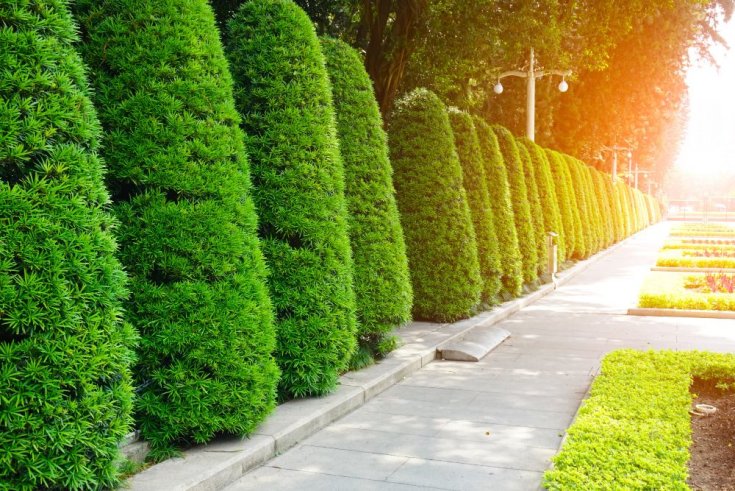
The Best Landscaping Services for Residential and Commercial Properties Landscaping enhances residential and commercial properties’ aesthetic appeal, functionality, and overall value. When most people think of landscaping, images of lush green lawns and vibrant gardens come to mind. However, landscaping…
Read More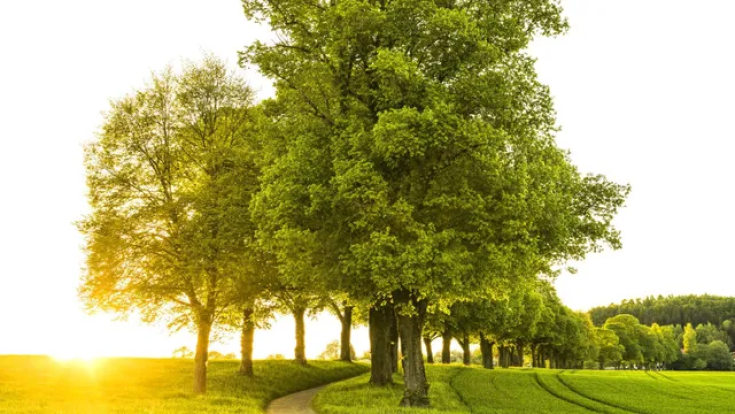
Essential Tree Care Tips for Every Season Trees require regular care and maintenance to thrive. However, different seasons call for specific care to prevent irreversible damage and premature tree removal emergencies. With that in mind, hiring a professional tree care…
Read More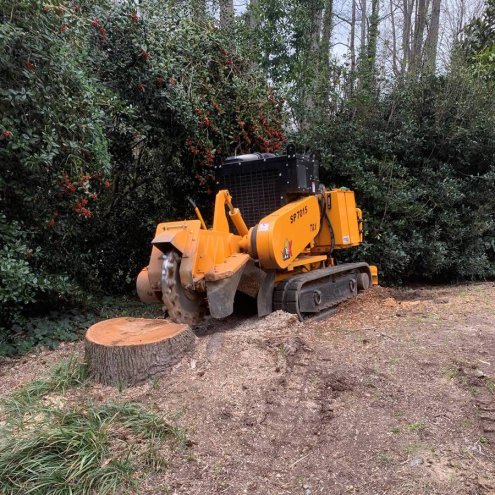
How Much Does It Cost to Grind a Tree Stump? Tree stumps may not raise concerns initially but compromise the aesthetics and safety of your yard. If you have an unsightly leftover on your property, grinding is as an efficient…
Read More
Can You Cut Your Neighbor’s Overhanging Tree Branches? Neighborly conflicts are common among many homeowners, the most common being trees or branches hanging from the neighboring yard. If you’ve asked your neighbor to remove the branches with no luck or…
Read More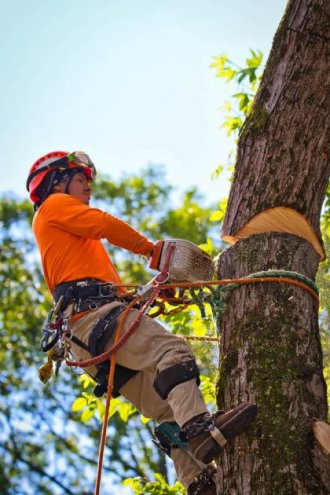
Factors That Affect Tree Removal Cost Trees are valuable additions to any landscape, but sometimes you must remove them. Whether it’s a dying, dead, or potential hazards tree, you should immediately hire a professional tree care company to address the…
Read More